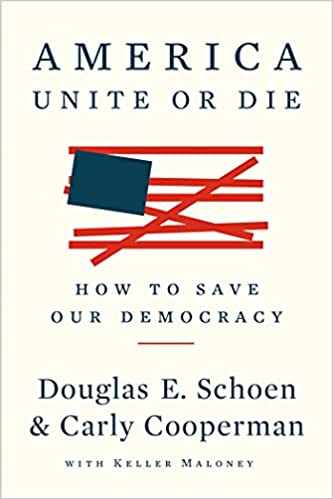More than 1.1 million people signed up for healthcare through the federal and state exchanges last month, according to data released by the government.
Kathleen Sebelius, the Secretary of Health and Human Services, said, “These encouraging trends show that more Americans are enrolling every day, and finding quality, affordable coverage in the marketplace.”
Now it’s still not clear how many of the sign-ups are from who had their previous policies cancelled. And the health exchange enrollment is still only at 75 percent, 3.3 million, of the White House’s initial target. Nevertheless, it is clear that things are improving for the President’s troubled healthcare law. Twenty-five percent of those who have signed up were between the ages of 18-34 – the young people insurance companies need to keep the premiums down for everybody else.
Claims from Republicans that the law is doomed to fail have far less merit now that people are getting coverage. And though it remains to be seen whether or not ObamaCare will be an overall success – this will take years – the White House has more reason to be optimistic than ever before.
But according to a new Wall Street Journal analysis of 36 states, hundreds of thousands of Americans who live in poorer counties are facing higher premiums and fewer choices through the exchanges than those living in wealthier counties.
Across 515 counties in 15 states, the study found that consumers only had one insurer selling coverage and in more than 80 percent of those counties, the local Blue Cross & Blue Shield plan was the only plan available. In contrast, residents in wealthier and more populated counties had lower-priced choices than those with only one insurance option.
This finding flies in the face of the White House’s claim that as more Americans enroll in the exchanges the cost of healthcare will fall. Indeed, after a month that saw the largest enrollment figures to date, these findings are discouraging.
“From a consumer’s standpoint, it’s unfair,” said Dylan Roby, a program director at UCLA’s health policy research center.
Reversing the trend presents a challenge because low-population areas are unlikely to draw more insurers, said Glenn Melnick, a health-care economist at RAND Corp: “I don’t think the health law can overcome those economics.”
It is crucial that the health law overcomes these economics – it is an integral part of the promise the President made to Americans. To be sure, as more and more young people sign up the costs should go down, but the figures from the Wall Street Journal analysis suggest that there will continue to be seriously disadvantaged groups. What’s more, these are exactly the people who can’t afford higher premiums.
So while we have passed the initial hurdles of a malfunctioning website and a Republican caucus dead-set on repealing the law, it’s clear that we aren’t out of troubled waters yet.

